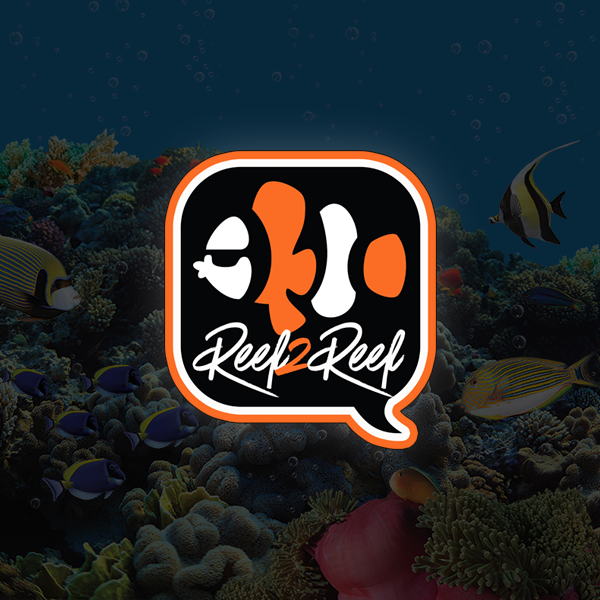And a few more:
(because you mentioned possible utilization of H2O2 in a future system....)
A Competitive Study Using UV and Ozone with H2O2
More UV/Ozone in Public Pool Applications (w/ H202)...
Combined UV treatment and ozonation for the removal of by-product precursors in swimming pool water
Some Ozone/UV/AOP (Advanced Oxidation Process) 101
The Big 3 of Sanitation Explained: Ozone, UV and AOP
(because you mentioned possible utilization of H2O2 in a future system....)
A Competitive Study Using UV and Ozone with H2O2
More UV/Ozone in Public Pool Applications (w/ H202)...
Combined UV treatment and ozonation for the removal of by-product precursors in swimming pool water
Some Ozone/UV/AOP (Advanced Oxidation Process) 101
The Big 3 of Sanitation Explained: Ozone, UV and AOP















